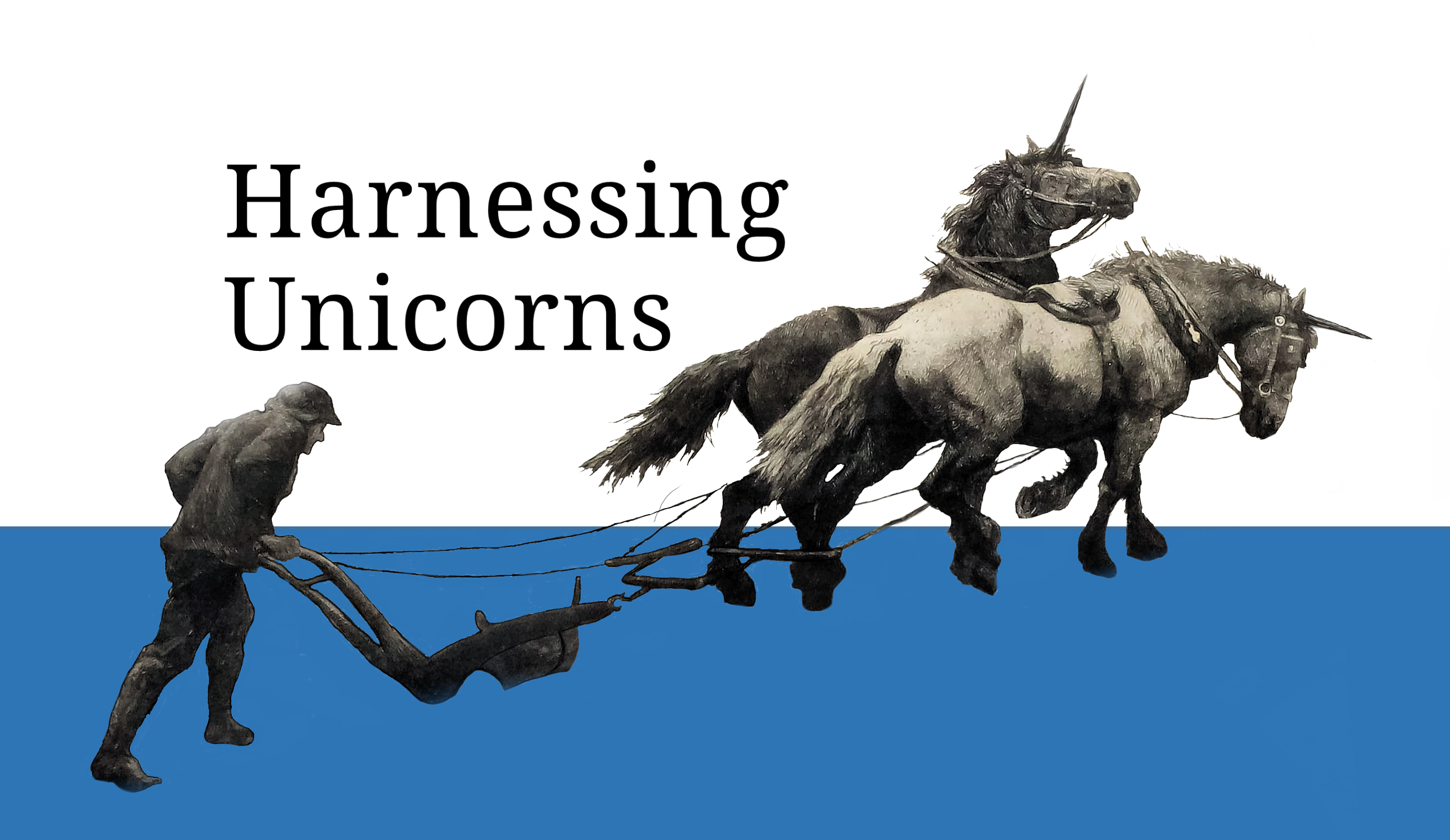Increasingly, smart people are taking up the mantle of assigning economic value to the data or information assets within organizations. Steve Todd is producing a blog series on the topic. Dave McCrory has begun looking at gravity theory applied to data (Data Gravity) in an attempt at some point to aid valuation or at least guide investments. Various scholarly papers have been written since the 90’s discussing methods of economic valuation.
First, who cares? We are fully involved in the digital economy. How do we estimate the value of an information based company? Why isn’t the very information asset against which many digital businesses are based represented on the balance sheet? For how much should we insure our data assets against loss? What is a fair price to charge for access to information? What value can we assign information to use to collateralize a loan?
And on the flip side, what is the negative value of leakage of information into the hands of bad guys? What about the tax implications of an information economy? What value is being traded by an information currency every time I barter my personal data for online services or discounts at the local grocery?
Economists, venture captialists, insurers, CFO’s, shareolders all care how valuable a company’s information assets are, but how can they assign fair value? That’s the topic of an EMC research study in partnership with University of California San Diego researcher Dr. Jim Short to explore “all things data value”. Jim is the Research Director for the Global Information Industry Center (GIIC).
To further this discussion, I’d like to comment on a paper I read several years ago on this topic titled “Measuring The Value Of Information: An Asset Valuation Approach” presented at the European Conference on Information Systems (ECIS ’99) by Daniel Moody and Peter Walsh.
In short, information is an Asset in the economic technical term, and it has measurable value. Only the method of measurement is in question. Moody and Walsh identify 7 “laws” of information that I will make further comment on
- “Information is infinitely shareable.” I agree, information is not generally “appropriable” in the sense of exclusive possession. Anyone can make a perfectly valid copy or share access to the original if they are within the network universe. In this sense the value can be cumulative of all shared points of use, and is more valuable the more it is shared. This is the primary driver of “value in use” of information. On the other hand, what about copies of data? Is duplicated information more valuable? What if it is duplicated for DR purposes? Perhaps only if it is still “owned” by the original party. Data piracy is an example of copies of information returning no or negative value to the orignial owner.
- “Value of Information increases with use.” Yep, absolutely as opposed to other more tangible assets that depreciate over time. This law also leads to one of the most important methods of valuation—measuring the frequency of access of information and by whom.
- “Information is Perishable.” They are suggesting that information’s value decreases over time. I would tend to agree, but with the caveat that Big+Fast Data analytics are extracting value from old data in ways never imagined before. There needs to be a method of predicting future value of presently unused information. This type of future value speculation may be very hard to do. I wonder if there are economic forces similar to holding land for long periods, in the hopes that one day gold may be discovered. There may be categories of information holdings that are assumed to be more valuable due to past discoveries of value in similar types of datasets.
- “The value of information increases with accuracy.” So I tend to think accuracy is overrated. I mean, have you seen all the hoax articles on facebook recently? Fabrications and lies are valuable too. But I get it. Generally you want accracy in your datasets. This builds trust which in turn builds value.
- “The value of information increases when combined with other information.” Absolutely a gold star on this one. This is much of the premis of Data Gravity. Information pulls other information to it, and data sets become ever larger. This accumulation of valuable information increases its pull of other information and applications. Another name for this is “context.” Information is much more valuable in context, and the buying and selling of information is a huge business today. This law drives the “value in exchange” portion of information valuation as companies buy and sell data.
- “More is not necessarily better.” Hmmm. This law is beginning to seem a little outdated. The authors discuss human psychology and information overload. These days the machines are doing the analytics on our behalf, and more of this good thing does seem to be more of a good thing.
- “Information is not depletable.” You don’t reduce the quantity of information as it is used. In fact the opposite is true. More information is created through the use of information. This “metadata” (information about information) is often as valuable or more valuable than original content (just ask the NSA). In fact, it is through this metadata on information usage that many aspects of value themselves are determined.
Since information is sharable, imperishable, and nondepletable, we can look at summing both the market “value in use” and utility “value in exchange” to find the true value of a dataset. I wonder if any of the following industries have valuation models that are similar:
- Research libraries and their value to a community
- Land holdings and their value for mineral rights
- Methods of appraisal of antiques or other goods of subjective worth
It’s an interesting topic to begin dialoguing about. Much more needs to be discussed. What do you think?
